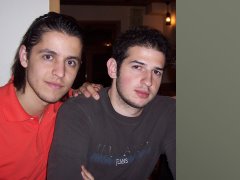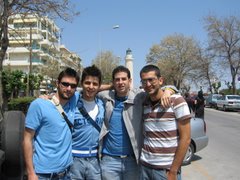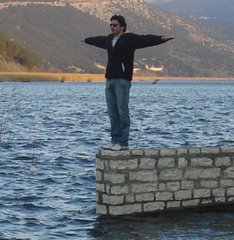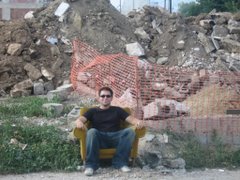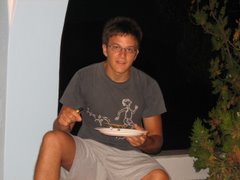Carl H Colemana, Marie-Charlotte Bouësseaub, Andreas Reisb, Alexander M Capronc
The ethical obligations of those who work for health are as old as the health professions themselves; indeed, the commitment to place the interests of clients above all else is one of the hallmarks of professionalism. Ethical prescriptions are found in many cultures, such as the oath and associated writings of Hippocrates in ancient Greece and the writings of the medieval Jewish philosopher Maimonides. Though originating with the professions, ethical duties are of concern to society in general, and their violation – as by the doctors who conducted experiments in the Nazi prison camps – can constitute human rights as well as ethical violations.
In response to the tremendous expansion of the powers of medicine and biomedical science in the 20th century, the new field of bioethics emerged in the 1960s, first in North America and western Europe and eventually around the world. With contributions not only from moral philosophers but also from physicians, nurses and other health professionals, social and natural scientists and lawyers, bioethics has become a field of major concern. Health professionals, health authorities and the public debate the issues raised by organ and tissue transplantation, unequal access to life-saving medicines, new reproductive technologies and vast increases in the numbers and types of clinical trials.
While abundant analysis and official guidelines have been produced on most of the ethical issues in health care and research, until recently the field of public health received relatively little attention among ethicists. Similarly, while ethical questions have always been an implicit part of public health practice, the idea of incorporating a formal process of ethical deliberation into public health policy-making remains relatively new. As the ethics of public health receives greater attention, new paradigms and methods of ethical analysis will have to be developed. In particular, whereas medical ethics has traditionally aimed to protect individual interests in the context of the physician–patient relationship, public health ethics focuses on the design and implementation of measures to monitor and improve the health of broader populations. In addition, public health ethics must look beyond health care per se to consider the structural conditions, and social and economic determinants that promote or inhibit the development of healthy societies.
Incorporating ethical analysis into public health raises many challenging questions. For example, what does ethical analysis add to public health beyond legal or public policy analysis? Is the law itself subject to a process of ongoing ethical scrutiny? When ethicists appeal to “values”, who gets to decide which values are worthy of protection or how these values should be prioritized in cases of conflict? How should ethical analysis address the tension between universal principles and culturally specific values, and find common ground among individuals from diverse cultural backgrounds? Such questions have practical implications for how public health policies are designed, implemented and evaluated. For example, when public health authorities make decisions about allocating limited resources, they will implicitly or explicitly determine which principles and values underlie those decisions. Such decisions also vary according to the processes by which they are made and to what extent the public, nongovernmental and international organizations, and national or regional governments participate in these processes.
A Bulletin theme issue, to be published in August 2008, will provide a forum for examining these and related issues. The goal of this theme issue is to explore how ethical considerations have been and should be incorporated into decision-making about public health issues. The Bulletin encourages the submission of papers covering practical examples that illustrate how ethical questions have been addressed at the domestic and international levels. For example, how have governments or professional associations used ethical analysis to evaluate health-care workers’ obligations during influenza pandemics? What does ethics have to say about the use of financial incentives to increase the supply of organs for transplantation? In general, we seek to publish specific examples of structures and processes that have been used for ethical deliberation, combined with a candid examination of these options’ advantages and drawbacks. Contributions from authors from developing countries are particularly welcome.
It is hoped that the papers in this issue will help national policy-makers reflect on the need to consider ethics in formulating and implementing health policies, while also providing best practices that can be adapted to specific national contexts. The issue will provide a forum for units at WHO headquarters and regional offices that have engaged in ethical analysis of their programmes to share their work. Finally, the empirical basis of the papers will provide much-needed data about global efforts to address ethical issues and the impact these efforts are having on the health of populations.
The deadline for submissions is 11 January 2008. All submissions will go through the Bulletin’s peer review process. ■





